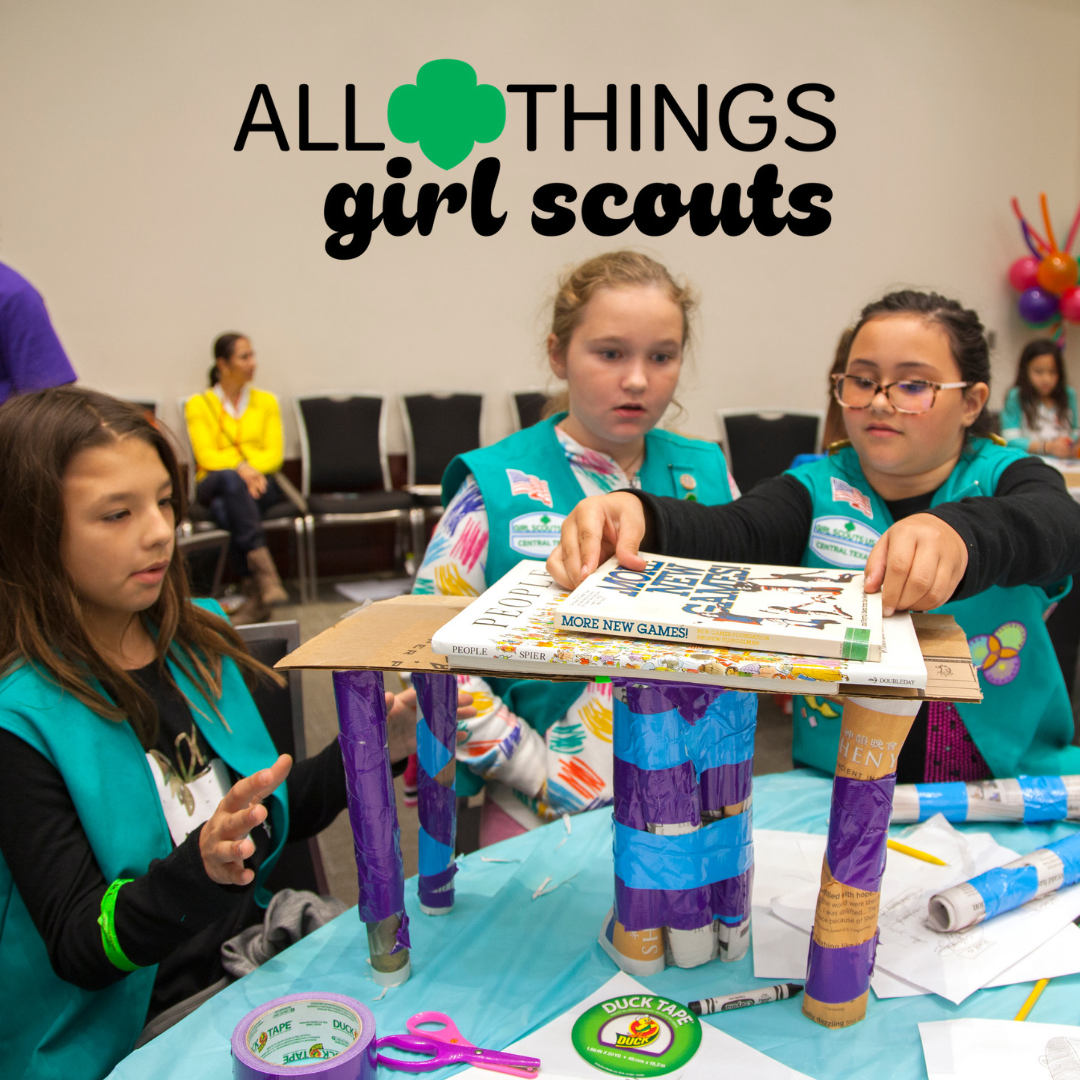 Featured
Featured
Connect – A Key To Leadership Highlight
Is the Girl Scout Leadership Experience working? Is my girl gaining leadership skills? It’s time for a refreshing reminder about the Three Keys to Leadership: Discover, Connect, and Take Action. These are the “what we do” part of the Girl Scout Leadership Experience. Today’s conversation focuses on Connect, but you can view our other articles on Discover and Take Action, if you’d like to learn more.
Connect is the second step on the path to leadership. Activities that help girls “Connect” are already written into your Journey, Badge, and Award meeting plans. But you might be wondering… is it working? Think about your recent experiences with your girls as we review what “Connect” means and what it looks like when girls connect to others locally and globally.
Girls connect to care about others.
This varies by age level, but here are some examples of what you might see.
- Girls spontaneously offer help to others.
- Girls empathize with someone else’s difficulty.
- Girls can identify behaviors that build relationships, like listening or being honest.
- Girls can identify behaviors that harm relationships, like bullying or gossiping.
- Girls seek help when a relationship is harmful to themselves or when someone they care about is in a harmful relationship.
Girls connect to inspire others.
This varies by age level, but here are some examples of what you might see.
- Girls share with others problems they have overcome.
- Girls work together to think of solutions.
- Girls stand up for themselves and others when they see something unfair.
- Girls can explain what inspires them.
- Girls model behaviors they think make the world a better place.
Girls connect to team up with others.
This varies by age level, but here are some examples of what you might see.
- Girls suggest roles for each other during a group project based on what they know about other girls’ preferences and talents.
- Girls can identify behaviors and guidelines that make a good team.
- Girls make decisions using consensus building.
- Girls resolve group conflicts.
- Girls can explain the pros and cons of working in a group vs. working alone.
All Girl Scout resources are designed with leadership in mind. With a healthy dose of fun, laughter, and excitement covering it all, we sometimes need a minute to reflect on the benefits of the program and the growth we see in our girls.
How do your Girl Scouts connect with each other and the world around them?








